How to Grow Edible Flowers in Your Garden
Welcome to the enchanting world of edible flowers! Imagine stepping into your garden and being greeted by a vibrant palette of colors, each bloom not only a feast for the eyes but also a treat for the palate. Growing edible flowers can transform your garden into a culinary paradise, where beauty meets flavor. In this article, we'll guide you through the process of selecting, planting, and nurturing these delightful blooms, ensuring that your garden is as productive as it is picturesque.
When it comes to selecting edible flowers, the options are as diverse as they are delicious! It's essential to choose flowers that not only look good but also taste great. Some popular choices include:
- Nasturtiums: With their peppery flavor, these vibrant blooms add a splash of color to salads.
- Calendula: Known for its bright orange and yellow petals, calendula is often used in soups and stews.
- Chive Blossoms: These delicate purple flowers have a mild onion flavor, perfect for garnishing dishes.
- Borage: With its cucumber-like taste, borage flowers are fantastic in beverages and desserts.
By choosing a variety of edible flowers, you can create a garden that is not only beautiful but also bursting with flavors that can elevate your culinary creations.
To ensure your edible flowers thrive, proper soil preparation is key. Start by assessing your soil type; ideally, you want a loamy soil that drains well yet retains moisture. Before planting, consider adding organic matter such as compost or well-rotted manure to enrich the soil. This not only improves soil texture but also provides essential nutrients for your flowers.
Soil pH plays a significant role in flower growth. Most edible flowers prefer a slightly acidic to neutral pH (around 6.0 to 7.0). You can easily test your soil using a pH kit available at gardening stores. If your soil is too acidic, you can add lime; if it's too alkaline, sulfur can help lower the pH. Additionally, ensuring your soil is rich in nutrients will promote healthy growth. Regularly check nutrient levels and consider adding organic fertilizers to boost your soil's fertility.
Using organic amendments can significantly enhance your soil health. Here are some great options:
- Compost: Provides a balanced nutrient source.
- Bone Meal: Rich in phosphorus, it encourages strong root development.
- Worm Castings: A powerhouse of nutrients that improves soil structure.
Incorporating these amendments will create a thriving environment for your edible flowers.
Correct planting depth and spacing are crucial for the development of your flowers. As a general rule, plant seeds at a depth of about twice their diameter. For instance, smaller seeds like chive blossoms should be sown about ¼ inch deep, while larger seeds like nasturtiums can be planted up to 1 inch deep. Additionally, ensure that you space your plants adequately to allow for airflow and growth, typically around 6 to 12 inches apart, depending on the variety.
Watering is essential for keeping your edible flowers healthy and vibrant. Aim to keep the soil consistently moist, especially during dry spells. However, be cautious not to overwater, as this can lead to root rot. A good rule of thumb is to water deeply once or twice a week rather than shallowly every day. Regular maintenance, such as deadheading spent blooms and removing weeds, will also help your flowers flourish throughout the growing season.
Managing pests is a vital aspect of maintaining a healthy garden. Common pests like aphids and spider mites can wreak havoc on your edible flowers. Implementing organic pest management strategies can keep these nuisances at bay without resorting to harmful chemicals.
Utilizing natural pest control methods is an eco-friendly way to protect your flowers. Some effective solutions include:
- Neem Oil: A natural pesticide that disrupts the life cycle of pests.
- Insecticidal Soap: Targets soft-bodied insects like aphids.
- Companion Planting: Planting marigolds alongside your edible flowers can deter pests.
Recognizing signs of pest damage early can save your flowers from significant harm. Look for discolored leaves, holes, or wilting blooms. If you notice these symptoms, investigate further to determine the type of pest and take action promptly. Early intervention is key to maintaining the health of your edible flowers.
Harvesting your edible flowers at the right time is crucial for maximizing flavor and appearance. The best time to pick flowers is in the morning after the dew has dried but before the sun is too hot. This timing ensures that the flowers are at their freshest. Once harvested, you can use these beautiful blooms in various culinary ways, from garnishing salads to infusing syrups and creating stunning desserts. The possibilities are endless!
Q: Can all flowers be eaten?
A: No, not all flowers are edible. It's important to research and ensure that the flowers you choose are safe for consumption.
Q: How can I tell if a flower is edible?
A: Look for reputable sources or guides that specifically list edible flowers. Always make sure they haven't been treated with pesticides or other chemicals.
Q: Do edible flowers have different flavors?
A: Yes, edible flowers can range in flavor from sweet to spicy, and they can add unique tastes to your dishes.
Q: How should I store harvested edible flowers?
A: Store them in a cool place, ideally in a container with a damp paper towel, to keep them fresh for a longer time.
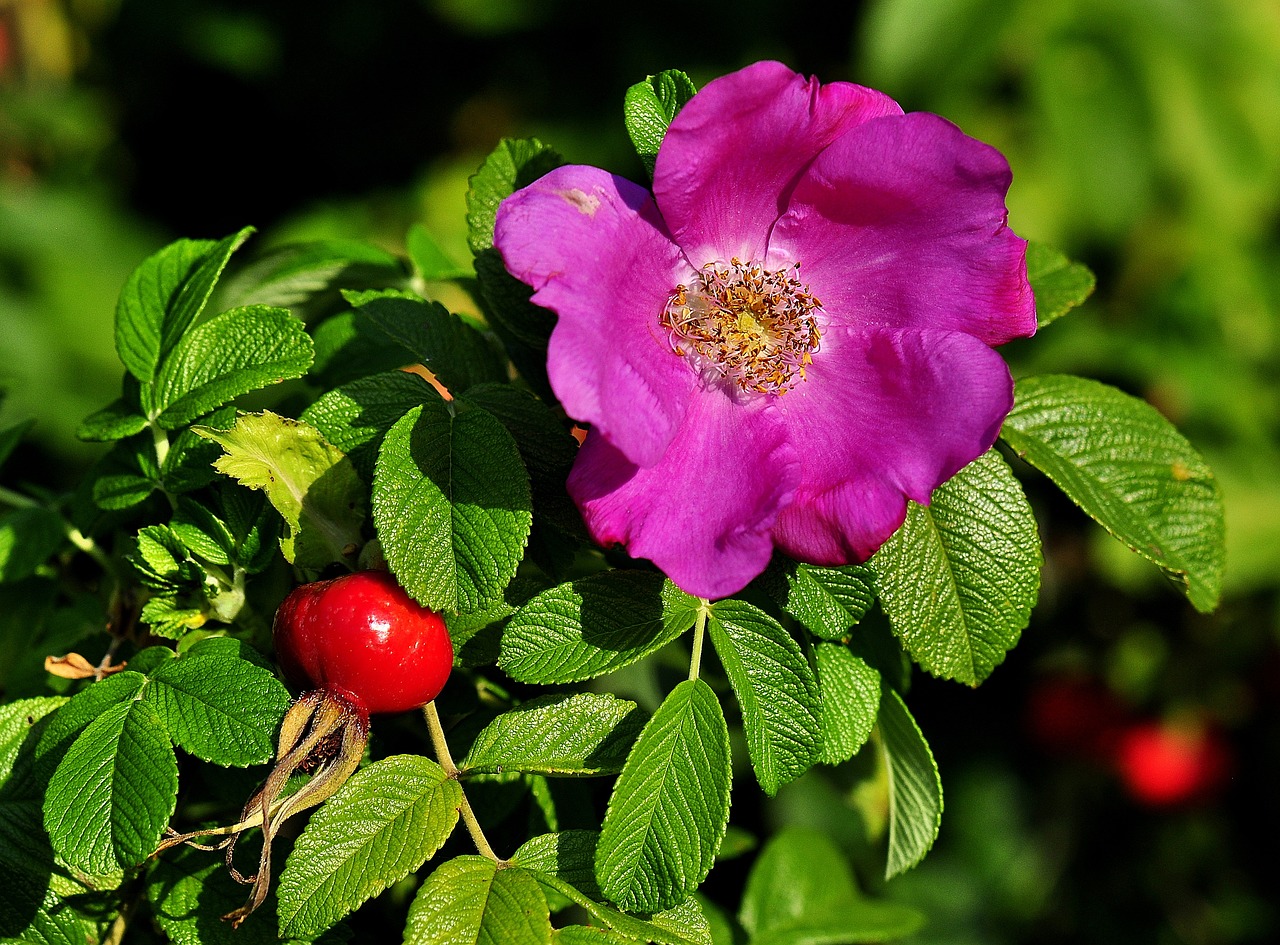
Choosing the Right Edible Flowers
When it comes to selecting edible flowers for your garden, the choices can be as vibrant and varied as a painter's palette. Not only do these flowers enhance the visual appeal of your garden, but they also add a unique twist to your culinary creations. Imagine garnishing a salad with delicate nasturtium petals or infusing your drinks with the sweet aroma of lavender. With so many options available, how do you choose the right ones? Let's dive into some popular edible flowers and their unique characteristics.
Nasturtiums are often considered a gardener's best friend. With their bright, cheerful colors and peppery flavor, they are perfect for salads, sandwiches, and even as a colorful garnish. They are also incredibly easy to grow, making them an ideal choice for beginners. On the other hand, if you're looking for something a bit more fragrant, consider planting lavender. Not only does it smell divine, but its flowers can be used in baking, teas, and even savory dishes. The calming scent of lavender can also attract beneficial pollinators to your garden, creating a harmonious ecosystem.
Another great option is chamomile, which offers delightful daisy-like flowers that can be used to make soothing herbal teas. The gentle, apple-like flavor of chamomile can also be a lovely addition to desserts. If you're feeling adventurous, why not try edible violets? These charming flowers come in a variety of colors and can add a pop of color to salads, desserts, and cocktails. Plus, they have a subtle sweetness that can elevate your dishes.
When choosing edible flowers, it's essential to consider not only their flavor and appearance but also their growing conditions. Some flowers thrive in full sun, while others prefer partial shade. Be sure to check the specific needs of each flower type, including soil type and moisture requirements. For instance, while nasturtiums are quite forgiving and can grow in poor soil, lavender prefers well-drained, sandy soil to flourish.
Here’s a quick overview of some popular edible flowers and their characteristics:
| Flower | Flavor Profile | Uses | Growing Conditions |
|---|---|---|---|
| Nasturtium | Peppery | Salads, garnishes | Full sun, well-drained soil |
| Lavender | Floral, sweet | Baking, teas, savory dishes | Full sun, well-drained soil |
| Chamomile | Apple-like | Herbal teas, desserts | Full sun, well-drained soil |
| Violets | Sweet | Salads, desserts, cocktails | Partial shade, moist soil |
As you embark on your journey to grow edible flowers, it's also worth noting that many flowers can be used in multiple ways. For example, edible flowers can not only beautify your plate but can also be infused into oils, vinegars, and syrups, providing a unique flavor experience. So, when you're planning your garden, think about how you can incorporate these flowers into your cooking and entertaining.
Remember, the key is to choose flowers that resonate with your taste and the dishes you love to create. Don't hesitate to experiment with different varieties and combinations. Happy gardening!
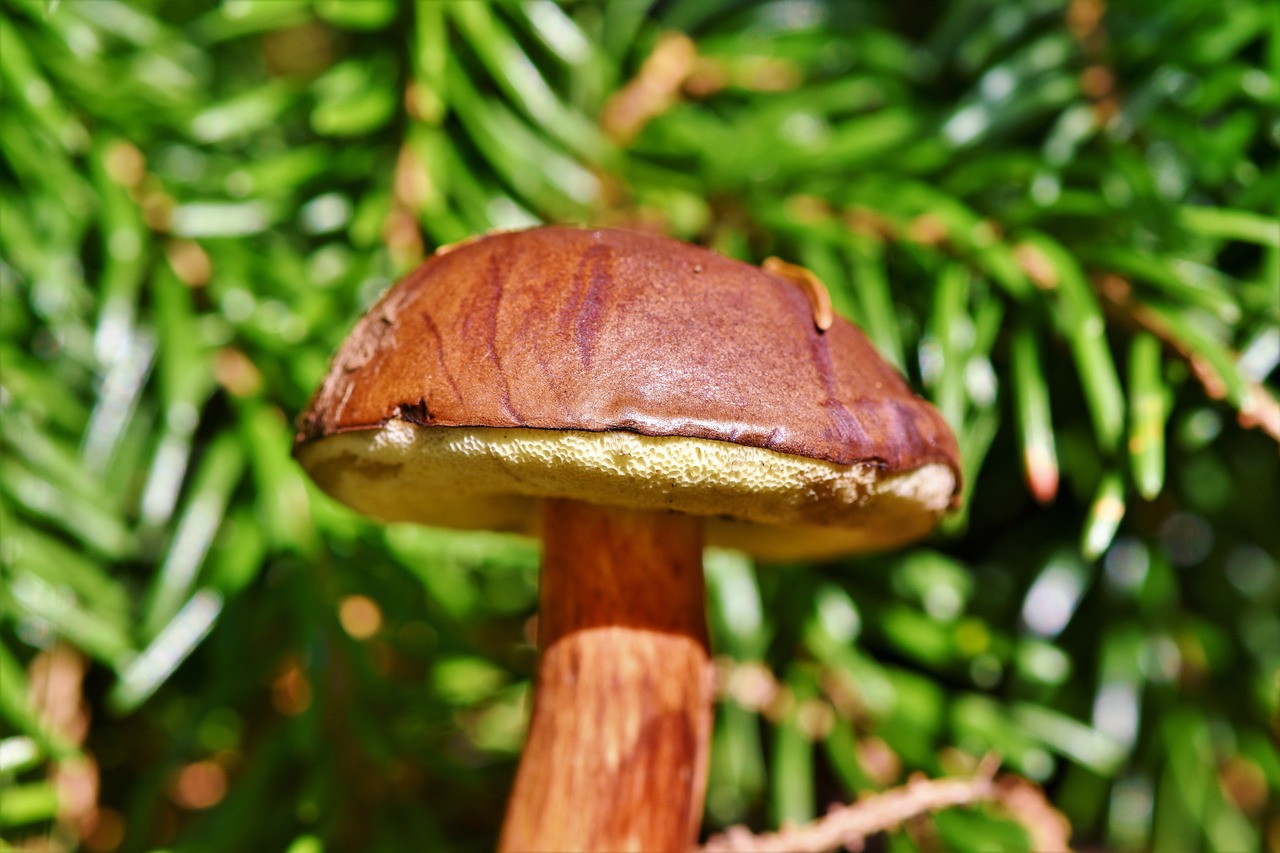
Soil Preparation and Planting Techniques
When it comes to growing edible flowers, the foundation of your garden begins with proper soil preparation. Think of your soil as the bedrock of a successful garden; without it, your flowers may struggle to thrive. The first step is to assess your soil type. Is it sandy, clayey, or loamy? Each type has its own characteristics that can influence how well your flowers will grow. For instance, sandy soils drain quickly but may not retain nutrients, while clay soils can hold moisture but may become compacted. Ideally, you want a balanced loamy soil that provides the best of both worlds.
Next, you’ll want to check the pH level of your soil. Most edible flowers prefer a slightly acidic to neutral pH, typically between 6.0 and 7.0. You can easily test your soil using a home testing kit or by sending a sample to a local extension service. If your soil is too acidic or alkaline, don’t fret! There are plenty of ways to amend it. For example, adding lime can raise the pH, while sulfur can lower it. Incorporating organic matter, such as compost or well-rotted manure, can also improve soil structure and nutrient content.
Soil nutrients are another critical factor for healthy flower growth. Essential nutrients like nitrogen, phosphorus, and potassium (often referred to as NPK) play a significant role in flower development. For instance, nitrogen promotes lush foliage, while phosphorus is crucial for root development and blooming. To ensure your soil is nutrient-rich, consider conducting a soil test to identify any deficiencies. Based on the results, you can tailor your fertilization strategy to meet the specific needs of your edible flowers.
Utilizing organic amendments is a fantastic way to enhance soil health and fertility. Some popular organic options include:
- Compost: Rich in nutrients, compost improves soil structure and encourages beneficial microbial activity.
- Worm Castings: These tiny nuggets are packed with nutrients and can greatly enhance soil fertility.
- Bone Meal: A great source of phosphorus, bone meal is perfect for promoting robust root systems and vibrant blooms.
By incorporating these organic materials into your soil, you’re not only improving its quality but also creating a thriving ecosystem that supports the growth of your edible flowers.
When planting your edible flowers, it's essential to consider the correct planting depth and spacing. Each flower variety has its own requirements, but a general rule of thumb is to plant seeds at a depth of about two to three times their size. For example, if you’re planting pansies, which have small seeds, a depth of 1/4 inch is sufficient. On the other hand, larger seeds like sunflowers may require a depth of 1 inch.
Spacing is equally important; overcrowding can lead to poor air circulation and increased disease risk. Typically, you should space smaller flowers about 6 to 12 inches apart, while larger varieties may need 12 to 24 inches. This spacing allows each plant to receive adequate sunlight and nutrients, promoting healthy and vibrant blooms.
Regular watering and maintenance are crucial to keeping your edible flowers in top shape. Aim to water your flowers deeply but infrequently, allowing the top inch of soil to dry out between waterings. This encourages deep root growth, making your plants more resilient. Additionally, consider mulching around your flowers to help retain moisture and suppress weeds, which can compete for nutrients.
Q: Can I grow edible flowers in containers?
A: Absolutely! Many edible flowers thrive in containers. Just ensure you use a good potting mix and choose a container with adequate drainage.
Q: Are all flowers edible?
A: No, not all flowers are safe to eat. Make sure to research and confirm that the flowers you choose are indeed edible.
Q: How do I know when to harvest my edible flowers?
A: Harvest your flowers in the morning when they are fresh and fully open. This is when their flavor is at its peak!
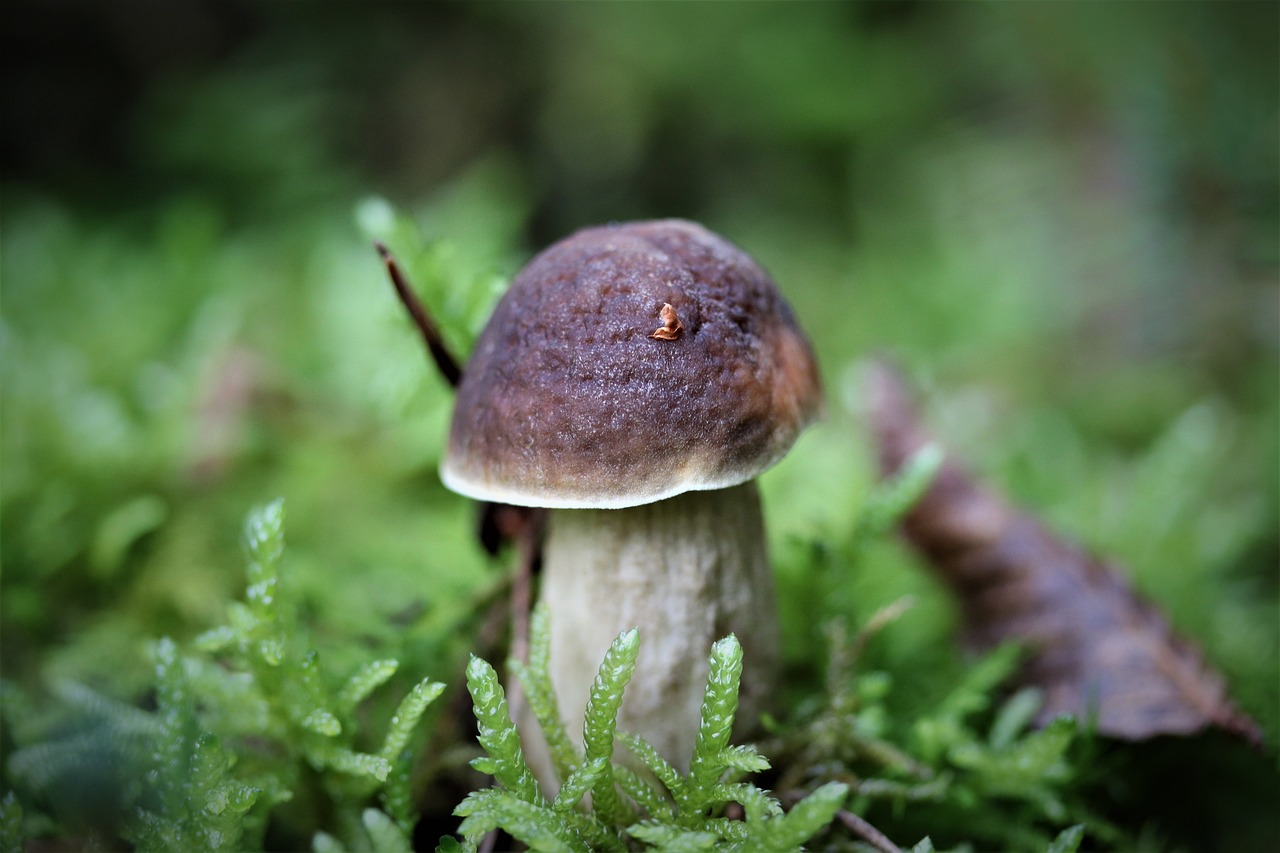
Understanding Soil pH and Nutrients
When it comes to growing edible flowers, understanding soil pH and nutrient levels is crucial. Think of soil pH as the secret code that unlocks the potential of your garden. It determines how well your plants can absorb nutrients, which in turn affects their growth, vigor, and overall health. Most edible flowers thrive in a slightly acidic to neutral pH range of 6.0 to 7.0. If your soil is too acidic or too alkaline, your plants might struggle to flourish, leaving you with a garden that just doesn’t shine.
To get started, you’ll want to test your soil. This can be done using a simple soil test kit available at garden centers or through your local extension service. These tests will provide you with valuable information about your soil's pH level and its nutrient content. Once you have your results, you can take the necessary steps to adjust your soil accordingly. For example, if your soil is too acidic, you might want to add lime to raise the pH. Conversely, if it's too alkaline, adding sulfur can help bring it down.
Besides pH, the availability of essential nutrients in your soil is another factor that plays a significant role in the health of your edible flowers. Key nutrients include:
- Nitrogen (N) - Vital for leaf growth and overall plant vigor.
- Phosphorus (P) - Important for root development and flowering.
- Potassium (K) - Helps with overall plant health and disease resistance.
To ensure your flowers have access to these nutrients, consider conducting a nutrient analysis of your soil. This will help you identify any deficiencies. If you find that your soil is lacking, you can amend it with organic fertilizers such as compost, well-rotted manure, or specific nutrient-rich fertilizers tailored to the needs of your plants. Remember, a well-balanced soil is like a well-prepared meal; it provides everything your plants need to grow strong and beautiful.
In conclusion, understanding soil pH and nutrients is not just a technical process; it's an essential part of nurturing a thriving garden. By keeping an eye on these factors, you can create an environment where your edible flowers can flourish, bringing not only beauty to your garden but also delightful flavors to your table.
- How often should I test my soil? It's a good idea to test your soil at least once a year, especially before planting season.
- Can I use regular garden soil for edible flowers? Yes, but make sure it's well-draining and has the right pH and nutrient levels for optimal growth.
- What are the signs of nutrient deficiency in edible flowers? Common signs include yellowing leaves, stunted growth, and poor flowering.
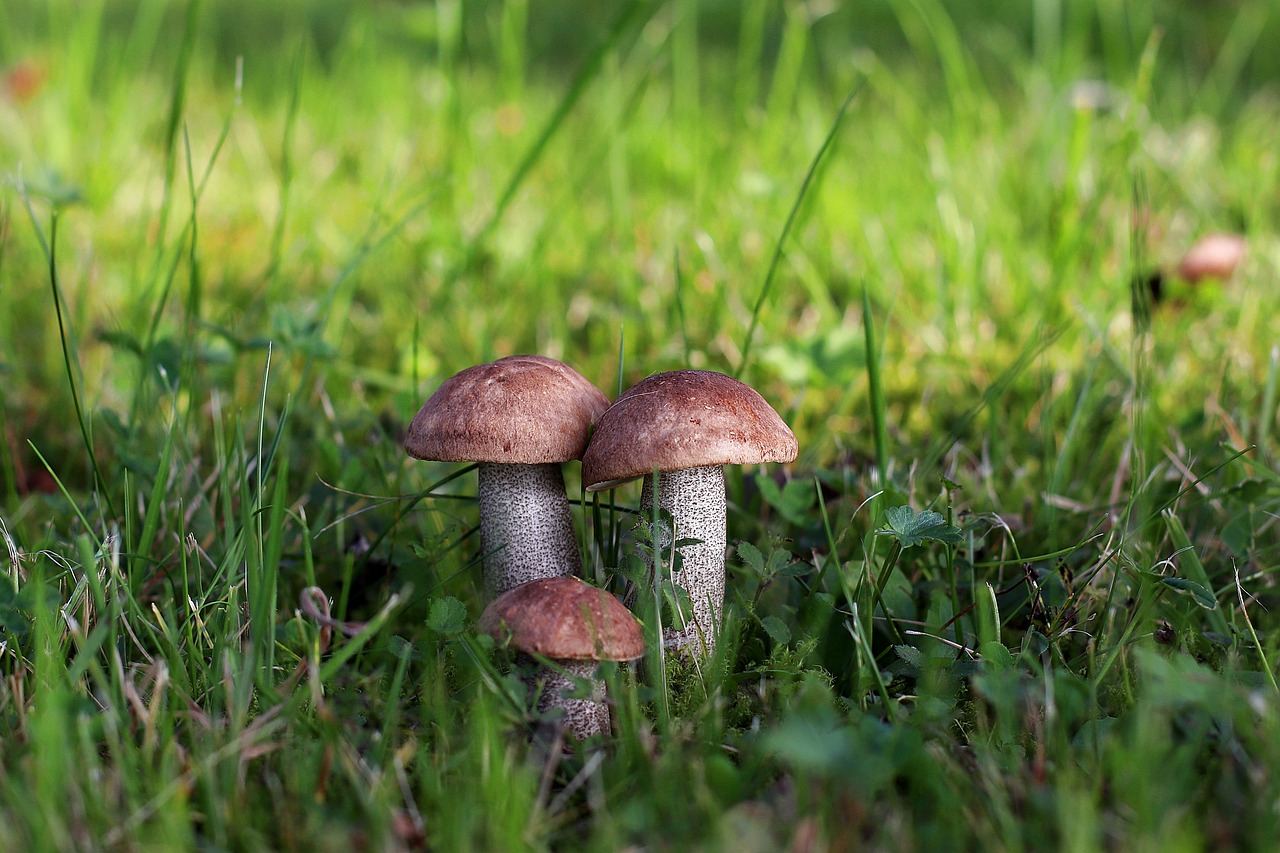
Organic Amendments for Soil Health
When it comes to nurturing your garden, organic amendments play a pivotal role in enhancing soil health and fertility. These amendments not only improve the physical structure of the soil but also enrich it with essential nutrients, promoting a thriving environment for your edible flowers. Think of organic amendments as the superfood for your garden—just like a nutritious diet can boost your health, these amendments can significantly improve the vitality of your soil.
One of the most popular organic amendments is compost. It’s like a magic potion that transforms kitchen scraps and yard waste into a nutrient-rich blend that nourishes your plants. Compost improves soil structure, enhances moisture retention, and provides a slow-release source of nutrients. Incorporating compost into your soil can lead to vibrant blooms and robust growth.
Another great option is aged manure. It’s rich in nitrogen, phosphorus, and potassium, which are vital for the growth of your edible flowers. However, be cautious to use well-aged manure, as fresh manure can burn plants and contain harmful pathogens. By mixing aged manure into your soil, you create a nutrient-dense environment that supports strong root development and healthy flowering.
Don’t forget about green manures or cover crops, which can be planted during the off-season to enhance soil quality. When these plants are tilled back into the soil, they decompose and add organic matter, improving soil structure and fertility. Some popular choices for green manures include clover, vetch, and rye. These plants not only enrich the soil but also help suppress weeds, making them a fantastic addition to your gardening strategy.
Additionally, mulching with organic materials such as straw, wood chips, or grass clippings can help maintain soil moisture, regulate temperature, and suppress weeds. As these materials break down over time, they contribute to the organic matter in your soil, further enhancing its health. Think of mulch as a cozy blanket for your garden, protecting it from extreme conditions while feeding it nutrients.
Incorporating these organic amendments into your gardening routine can create a vibrant ecosystem that supports not just your edible flowers but the entire garden. Remember, healthy soil leads to healthy plants, and the more you invest in your soil’s health, the more rewards you’ll reap in terms of beautiful blooms and delicious flavors.
- What are organic amendments? Organic amendments are natural materials added to soil to improve its fertility and structure, such as compost, aged manure, and green manures.
- How often should I add organic amendments? It’s recommended to add organic amendments at least once a year, ideally in the spring or fall, to maintain soil health.
- Can I make my own compost? Absolutely! Composting kitchen scraps and yard waste at home is a great way to create nutrient-rich soil amendments.
- Is there a risk of over-amending the soil? Yes, over-amending can lead to nutrient imbalances. Always test your soil before adding amendments to ensure you're meeting your plants' needs.
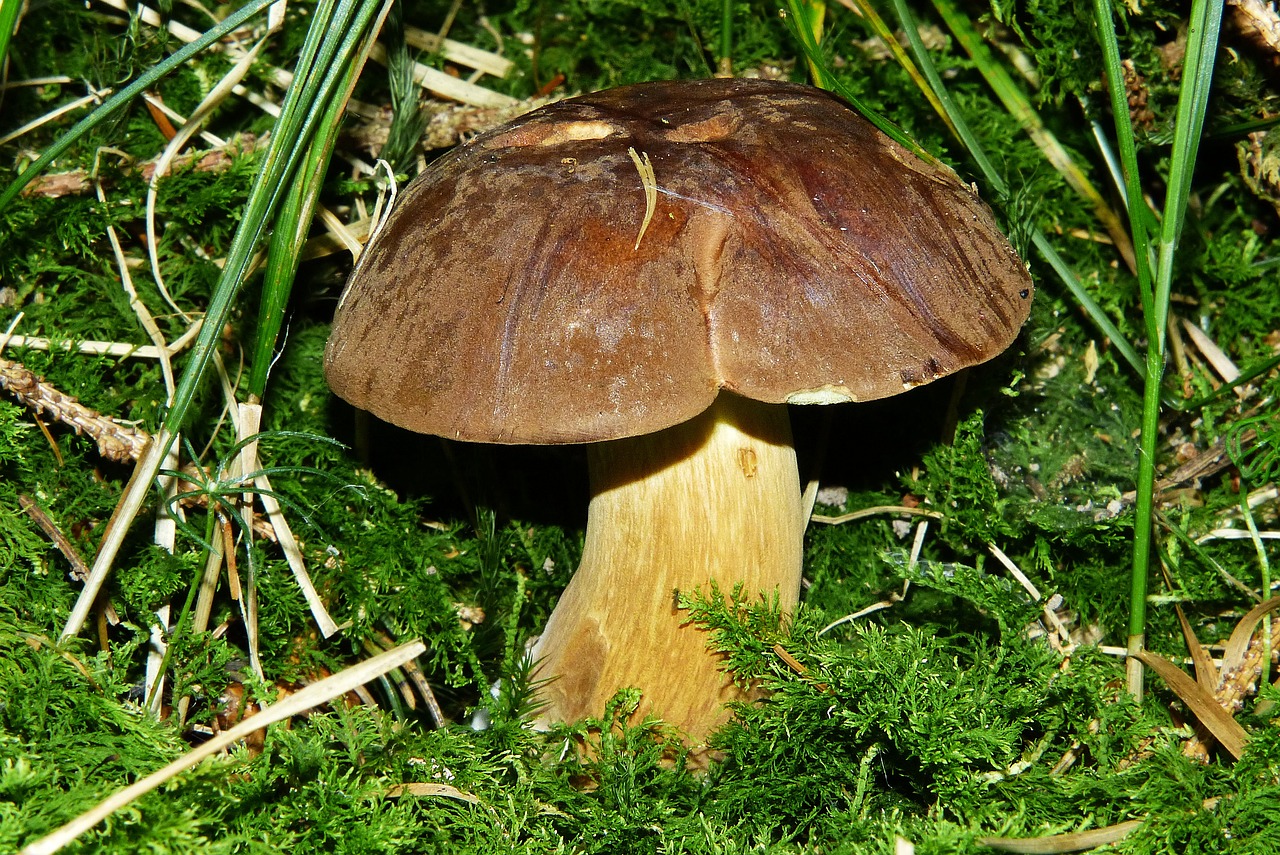
Planting Depth and Spacing Guidelines
When it comes to planting your edible flowers, understanding the right depth and spacing is crucial for achieving a vibrant and productive garden. Each type of flower has its own specific needs, but there are general guidelines that can help you get started. For instance, most edible flowers should be sown at a depth of about 1/4 to 1/2 inch into the soil. This depth ensures that the seeds are adequately covered while still receiving enough light to germinate. If you plant them too deep, they may struggle to break through the soil surface, leading to poor growth.
Spacing is another vital aspect to consider. Proper spacing allows each plant to receive sufficient sunlight, air circulation, and nutrients from the soil. For most edible flowers, a spacing of 6 to 12 inches between plants is recommended. This spacing can vary depending on the specific flower type; for example, larger flowers like sunflowers may require more space compared to smaller varieties like nasturtiums. To help you visualize this better, here’s a simple table summarizing the planting depth and spacing for some popular edible flowers:
| Flower Type | Planting Depth | Spacing |
|---|---|---|
| Nasturtium | 1/2 inch | 10-12 inches |
| Marigold | 1/4 inch | 6-8 inches |
| Pansy | 1/4 inch | 8-10 inches |
| Chive Flowers | 1/4 inch | 12 inches |
| Calendula | 1/4 inch | 6-8 inches |
In addition to depth and spacing, it’s essential to consider the growth habit of the edible flowers you choose. Some flowers spread out more than others, which means they will need additional room to flourish. For instance, if you're planting a variety that tends to sprawl, like zinnias, you might want to increase the spacing to 12-18 inches apart. This not only helps prevent overcrowding but also allows for better air circulation, reducing the risk of diseases.
Finally, remember that the soil's condition can impact how well your flowers grow. Before planting, ensure the soil is well-prepared and free of debris. You might want to loosen the soil and mix in some organic compost to enhance fertility. Once you’ve planted your seeds or seedlings, a gentle watering can help settle the soil around them, ensuring good contact and promoting healthy root development. So, as you embark on your journey to grow edible flowers, keep these planting depth and spacing guidelines in mind for a flourishing garden!
- What are the best edible flowers to grow in a home garden? Some popular choices include nasturtiums, pansies, marigolds, and calendula.
- How do I know when to harvest my edible flowers? Harvest flowers when they are fully open and vibrant; this is when they have the best flavor and appearance.
- Can I grow edible flowers in containers? Yes! Many edible flowers thrive in containers, provided they have enough space and proper drainage.
- Are all flowers edible? No, not all flowers are safe to eat. Always research specific flowers to ensure they are edible and safe for consumption.

Watering and Maintenance Practices
When it comes to nurturing your edible flowers, watering and maintenance are your best friends. Think of watering as giving your flowers a refreshing drink on a hot day, while maintenance is like a gentle massage, helping them thrive. The key is to strike a balance—too little water can leave your flowers thirsty and wilted, while too much can drown them. So, how do you find that sweet spot?
First off, it’s essential to understand the specific needs of the edible flowers you’ve chosen. Some varieties, like nasturtiums and pansies, are quite resilient and can tolerate a bit of neglect, while others, like violets and chive blossoms, prefer consistently moist soil. A good rule of thumb is to check the top inch of soil; if it feels dry, it’s time to water. Remember, watering in the early morning or late afternoon can help minimize evaporation and ensure your flowers absorb all that hydration.
In addition to watering, regular maintenance practices will keep your garden looking its best. This includes tasks like deadheading spent blooms, which not only enhances the visual appeal but also encourages more blooms to form. Just imagine how much more vibrant your garden will look with a little TLC! You might also want to consider mulching around your plants. Mulch acts like a cozy blanket, helping to retain moisture and suppress weeds that can compete with your flowers for nutrients.
Here’s a quick table summarizing some essential maintenance practices:
| Practice | Description |
|---|---|
| Watering | Water deeply but infrequently to encourage strong root growth. |
| Deadheading | Remove spent flowers to promote new blooms and maintain appearance. |
| Mulching | Apply organic mulch to retain moisture and suppress weeds. |
| Fertilizing | Use a balanced organic fertilizer to nourish your plants. |
Lastly, don’t forget about fertilizing! Just like us, flowers need a balanced diet to thrive. Using an organic fertilizer can provide the necessary nutrients without the harsh chemicals that can harm beneficial insects and soil health. Consider applying fertilizer every four to six weeks during the growing season, but be sure to follow the instructions on the package to avoid over-fertilization, which can lead to lush foliage but fewer blooms.
In summary, keeping your edible flowers happy and healthy involves a combination of thoughtful watering, regular maintenance, and proper fertilization. By paying attention to these practices, you’ll not only enhance the beauty of your garden but also enjoy a bountiful harvest of delicious, edible blooms!
- How often should I water my edible flowers? It depends on the type of flower and weather conditions, but generally, watering once a week is a good starting point.
- Can I use tap water for my flowers? Yes, but if your tap water is heavily chlorinated, letting it sit out for 24 hours can help dissipate the chlorine.
- What is the best time to fertilize my edible flowers? Fertilizing every four to six weeks during the growing season is ideal.
- Do I need to deadhead all edible flowers? Not all, but deadheading can significantly enhance the blooming potential of many varieties.
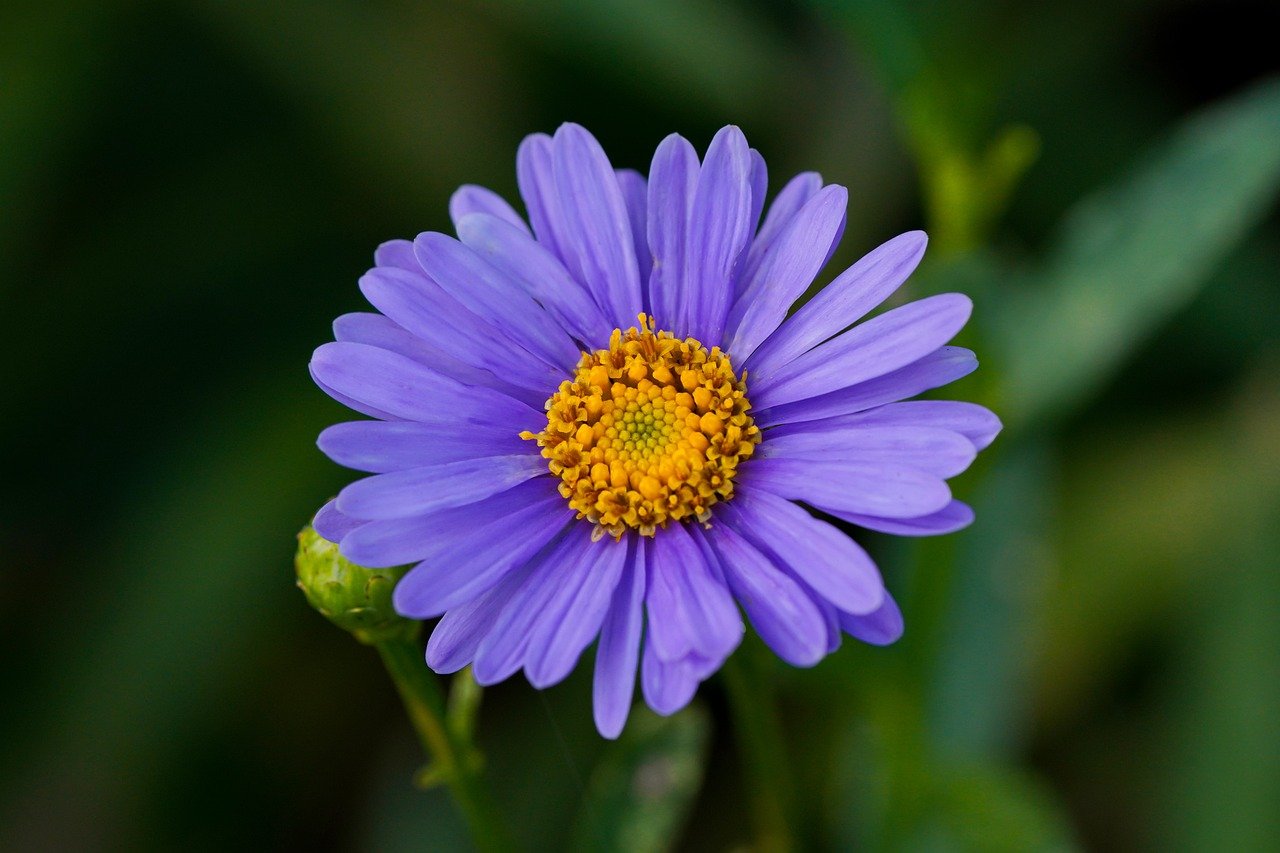
Pest Management for Edible Flowers
Managing pests is essential for maintaining a vibrant and productive garden filled with edible flowers. These beautiful blooms not only enhance the aesthetics of your garden but also add unique flavors to your culinary creations. However, they can be vulnerable to various pests that threaten their health and your gardening efforts. So, how can you keep your edible flowers safe and thriving? Let's dive into some effective strategies for pest management.
First, it's crucial to identify common pests that are likely to invade your garden. Some of the usual suspects include aphids, spider mites, and whiteflies. These pests can wreak havoc on your flowers if left unchecked, causing damage that can affect both their growth and flavor. For example, aphids tend to cluster on the undersides of leaves, sucking the sap and weakening the plant. Recognizing these pests early is key to effective management.
One of the best ways to manage pests is by employing natural pest control methods. This approach not only protects your flowers but also promotes a healthy ecosystem in your garden. Here are some organic strategies you can use:
- Introduce Beneficial Insects: Ladybugs and lacewings are fantastic allies in the fight against pests. They feed on aphids and other harmful insects, helping to keep their populations in check.
- Companion Planting: Certain plants can repel pests when grown alongside your edible flowers. For instance, marigolds are known to deter nematodes and aphids. Consider planting them strategically in your garden.
- Neem Oil: This natural pesticide is derived from the seeds of the neem tree and is effective against a variety of pests. Dilute it with water and spray it on your flowers to create a protective barrier.
Another essential aspect of pest management is recognizing the signs of pest damage. Early detection can save your flowers from suffering severe damage. Look out for the following indications:
| Type of Damage | Common Pest | Signs to Look For |
|---|---|---|
| Wilting Leaves | Aphids | Leaves appear droopy and lose their vibrant color. |
| Webbing on Leaves | Spider Mites | Fine silk threads between leaves and stems. |
| Sticky Residue | Whiteflies | A sticky film on leaves, often accompanied by black sooty mold. |
By staying vigilant and employing these pest management techniques, you can ensure that your edible flowers remain healthy and productive. Remember, a thriving garden is a happy garden, and with the right care, your edible flowers can flourish, providing beauty and flavor to your meals.
Q: What are the best edible flowers for beginners?
A: Some great options for beginners include nasturtiums, pansies, and calendula. They are relatively easy to grow and add vibrant colors to your garden.
Q: Can I use chemical pesticides on edible flowers?
A: It's best to avoid chemical pesticides on edible flowers. Instead, opt for organic solutions to ensure your flowers are safe for consumption.
Q: How often should I check for pests?
A: Regularly inspect your flowers at least once a week. Early detection is crucial for effective pest management.
Q: Are there any flowers I should avoid planting together?
A: Yes, certain plants can attract pests or compete for nutrients. For example, avoid planting sunflowers near your edible flowers, as they can attract aphids.
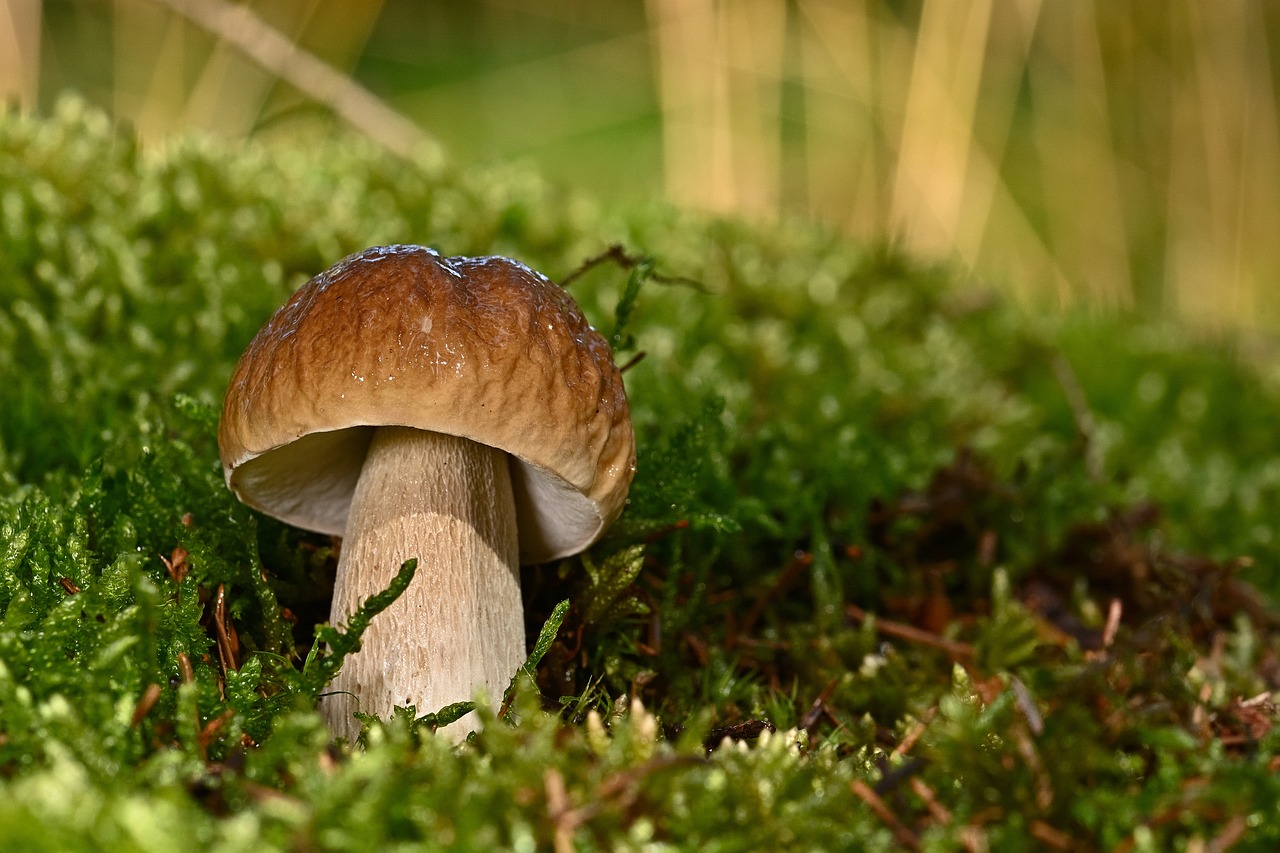
Natural Pest Control Methods
When it comes to nurturing your garden full of edible flowers, one of the most significant challenges can be dealing with pesky pests. Instead of reaching for harsh chemicals that can harm your plants and the environment, why not explore some ? These eco-friendly strategies not only protect your flowers but also promote a balanced ecosystem in your garden.
First off, consider introducing beneficial insects into your garden. Ladybugs, lacewings, and parasitic wasps are nature’s little superheroes when it comes to controlling aphids, caterpillars, and other harmful pests. By attracting these helpful critters, you can create a natural balance that minimizes pest populations. Planting flowers like marigolds or yarrow can draw these beneficial insects to your garden, giving you a win-win situation.
Another effective method is the use of companion planting. This technique involves planting certain flowers alongside your edible blooms to deter pests naturally. For example, planting nasturtiums can repel aphids and whiteflies while also providing a beautiful splash of color. Not only do these companion plants serve as a natural barrier, but they can also enhance the flavor of your edible flowers. It’s like having a secret weapon in your gardening arsenal!
Additionally, consider making your own natural insecticidal soap. It’s simple to prepare and can be a game-changer for your garden. Just mix a few drops of liquid soap with water in a spray bottle, and you’ve got yourself a gentle yet effective pest deterrent. Spray it directly on the affected areas of your plants, and watch those unwanted guests disappear! This method is particularly effective against soft-bodied insects like aphids and spider mites.
Lastly, don't underestimate the power of regular garden maintenance. Keeping your garden tidy by removing dead leaves, debris, and any diseased plants can significantly reduce pest habitats. A clean garden is less inviting to pests, making it easier for your edible flowers to thrive. Plus, regular inspections will help you catch any pest issues early on, allowing you to address them before they escalate.
In summary, adopting these natural pest control methods can transform your garden into a flourishing sanctuary for your edible flowers. By encouraging beneficial insects, practicing companion planting, creating homemade insecticidal soap, and maintaining cleanliness, you can effectively manage pests while keeping your garden healthy and vibrant.
Q: What are some common pests that affect edible flowers?
A: Common pests include aphids, spider mites, and whiteflies. These pests can damage your flowers and affect their growth.
Q: How can I attract beneficial insects to my garden?
A: Planting flowers like marigolds, yarrow, and dill can attract beneficial insects such as ladybugs and lacewings.
Q: Is insecticidal soap safe for edible flowers?
A: Yes, insecticidal soap is safe for edible flowers when used as directed. It’s a gentle method to control pests without harming your plants.
Q: How often should I inspect my garden for pests?
A: Regular inspections, ideally once a week, can help you catch pest problems early and manage them effectively.

Identifying Pest Damage
Recognizing the signs of pest damage early can be the difference between a thriving garden and a struggling one. Just like a detective searching for clues, you’ll need to be observant and proactive. Many pests can wreak havoc on your precious edible flowers, and knowing what to look for is essential in protecting your garden.
One of the most common signs of pest damage is discoloration of the leaves. If you notice yellowing or browning spots, it could be a telltale sign that pests are at work. For instance, aphids tend to suck the sap from the leaves, leading to a distorted appearance and a lack of vigor in your plants. Similarly, webbing on the plants often indicates a spider mite infestation. These tiny critters are masters of disguise, often hiding on the undersides of leaves, so check thoroughly!
Another clue to look out for is chewed leaves. If you find holes or ragged edges on the leaves, it could be the work of caterpillars or beetles. These pests can munch away, leaving your flowers looking less than appealing. Additionally, if you see sticky residue on the leaves or surrounding surfaces, that could be honeydew, a sugary substance excreted by aphids or whiteflies. This sticky mess can lead to sooty mold, which can further harm your plants.
To help you visualize the different types of damage, here's a quick reference table:
| Pest | Damage Type | Signs to Look For |
|---|---|---|
| Aphids | Sap-sucking | Yellowing leaves, sticky residue |
| Spider Mites | Webbing | Fine webs on leaves, speckled discoloration |
| Caterpillars | Chewing | Holes in leaves, frass (caterpillar droppings) |
| Whiteflies | Sap-sucking | Sticky leaves, yellowing foliage |
It’s important to regularly inspect your edible flowers for these signs of pest damage. Early detection is key! If you notice any of these symptoms, take action immediately. This could mean introducing beneficial insects like ladybugs, which feast on aphids, or using organic sprays made from neem oil to deter pests without harming your plants.
Remember, a healthy garden is an observant one. By keeping a close eye on your flowers and understanding the signs of pest damage, you can maintain a flourishing garden filled with beautiful and edible blooms!
- What are some common edible flowers? Popular choices include nasturtiums, pansies, and calendula.
- Can I use store-bought flowers in my cooking? It's best to use flowers specifically grown for culinary use, as store-bought flowers may have pesticides.
- How do I know if a flower is edible? Always research or consult a reliable source before consuming any flower.
- What pests should I be most concerned about? Aphids, spider mites, and whiteflies are some of the most common pests affecting edible flowers.
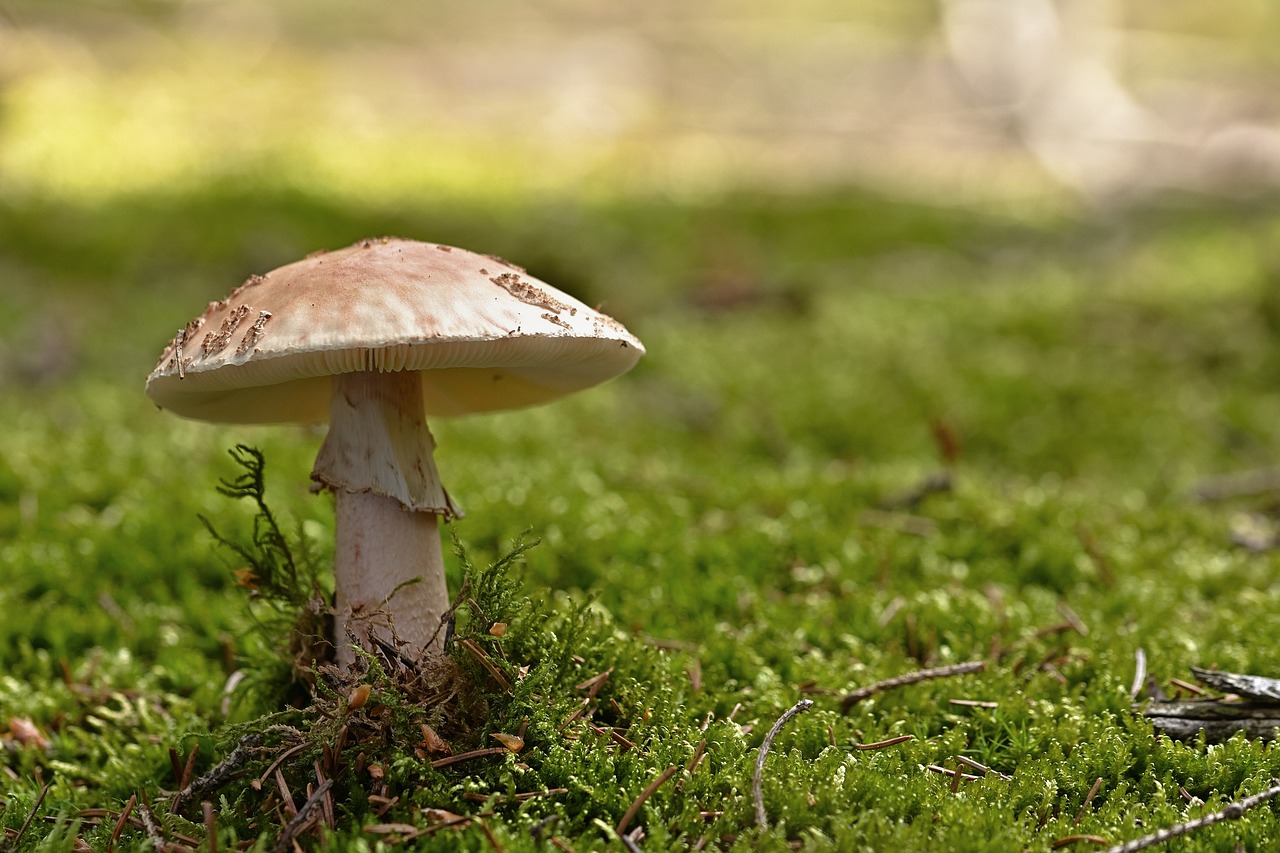
Harvesting and Using Edible Flowers
Harvesting edible flowers is not just about picking them; it's an art that requires a bit of timing and technique. The right moment to harvest can make a world of difference in flavor and presentation. Generally, the best time to gather these floral delights is in the early morning after the dew has dried but before the sun gets too hot. This is when the flowers are at their freshest and most vibrant, bursting with flavor and nutrients. Imagine waking up to a garden that’s not only beautiful but also edible—now that’s a delightful way to start your day!
When it comes to harvesting, you want to be gentle yet decisive. Use clean, sharp scissors or garden shears to snip the flowers at the base, ensuring you don’t damage the plant itself. It's essential to only pick the flowers that are fully open and free from pests or disease. This attention to detail ensures that you’re not only getting the best flavor but also promoting healthy growth in your garden. Think of it like selecting the ripest fruit from a tree; you want the best of the best!
Once you've harvested your edible flowers, the next step is to think about how to use them. The culinary possibilities are endless! Edible flowers can add a pop of color and a unique flavor to a variety of dishes. Here are some creative ideas:
- Salads: Add a handful of nasturtium or pansy petals to your favorite salad for a burst of color and a peppery kick.
- Garnishes: Use flowers like violets or marigolds to garnish soups or desserts, elevating their visual appeal.
- Infusions: Create floral-infused oils or vinegars by steeping edible flowers in your choice of oil or vinegar for a few weeks.
- Baking: Incorporate flowers into your baked goods, like cakes or cookies, for a whimsical touch.
However, remember that not all flowers are created equal. While many are safe to eat, some can be toxic or cause allergic reactions. Always do your research before consuming any flower. A good rule of thumb is to stick with flowers that are known to be edible, such as calendula, borage, and chamomile. If you’re ever in doubt, consult a reliable source or a local gardening expert.
After you’ve enjoyed your flowers, consider preserving them for later use. You can dry edible flowers to use in teas or as a decorative touch on winter dishes. To dry them, simply hang them upside down in a cool, dark place until they are completely dried. This way, you can savor the flavors of summer even in the colder months!
| Question | Answer |
|---|---|
| Can all flowers be eaten? | No, not all flowers are safe to eat. Always research before consuming any flower. |
| How do I know when to harvest my flowers? | Harvest in the early morning after the dew has dried but before the sun gets too hot for the best flavor. |
| What are some popular edible flowers? | Nasturtiums, pansies, calendula, and borage are all popular options. |
| How can I preserve edible flowers? | You can dry them by hanging them upside down in a cool, dark place. |
Frequently Asked Questions
- What are some popular edible flowers to grow in my garden?
Some popular edible flowers include nasturtiums, pansies, marigolds, and chive blossoms. Each of these flowers not only adds a pop of color to your garden but also brings unique flavors to your dishes. For instance, nasturtiums have a peppery taste, while pansies are mildly sweet!
- How do I prepare my soil for planting edible flowers?
To prepare your soil, start by testing its pH and nutrient levels. Most edible flowers thrive in slightly acidic to neutral soil (pH 6.0-7.0). You can amend your soil with organic compost or well-rotted manure to boost fertility. Remember, healthy soil is the foundation for vibrant flowers!
- What are the best watering practices for edible flowers?
Edible flowers generally prefer consistent moisture without being waterlogged. Water them deeply once or twice a week, depending on the weather. A good rule of thumb is to check the top inch of soil; if it feels dry, it's time to water!
- How can I manage pests organically?
Managing pests organically can be done using methods like introducing beneficial insects (like ladybugs) or using natural sprays made from neem oil or insecticidal soap. Regularly inspecting your plants helps catch any issues early!
- When is the best time to harvest edible flowers?
The best time to harvest edible flowers is in the morning after the dew has dried but before the sun gets too hot. This timing helps preserve their flavor and fragrance. Always pick flowers that are fully open for the best taste!
- Can I use edible flowers in cooking?
Absolutely! Edible flowers can be used in a variety of dishes. You can sprinkle them on salads, use them to garnish desserts, or even infuse them into syrups and teas. The possibilities are endless, and they can elevate your culinary creations!



















